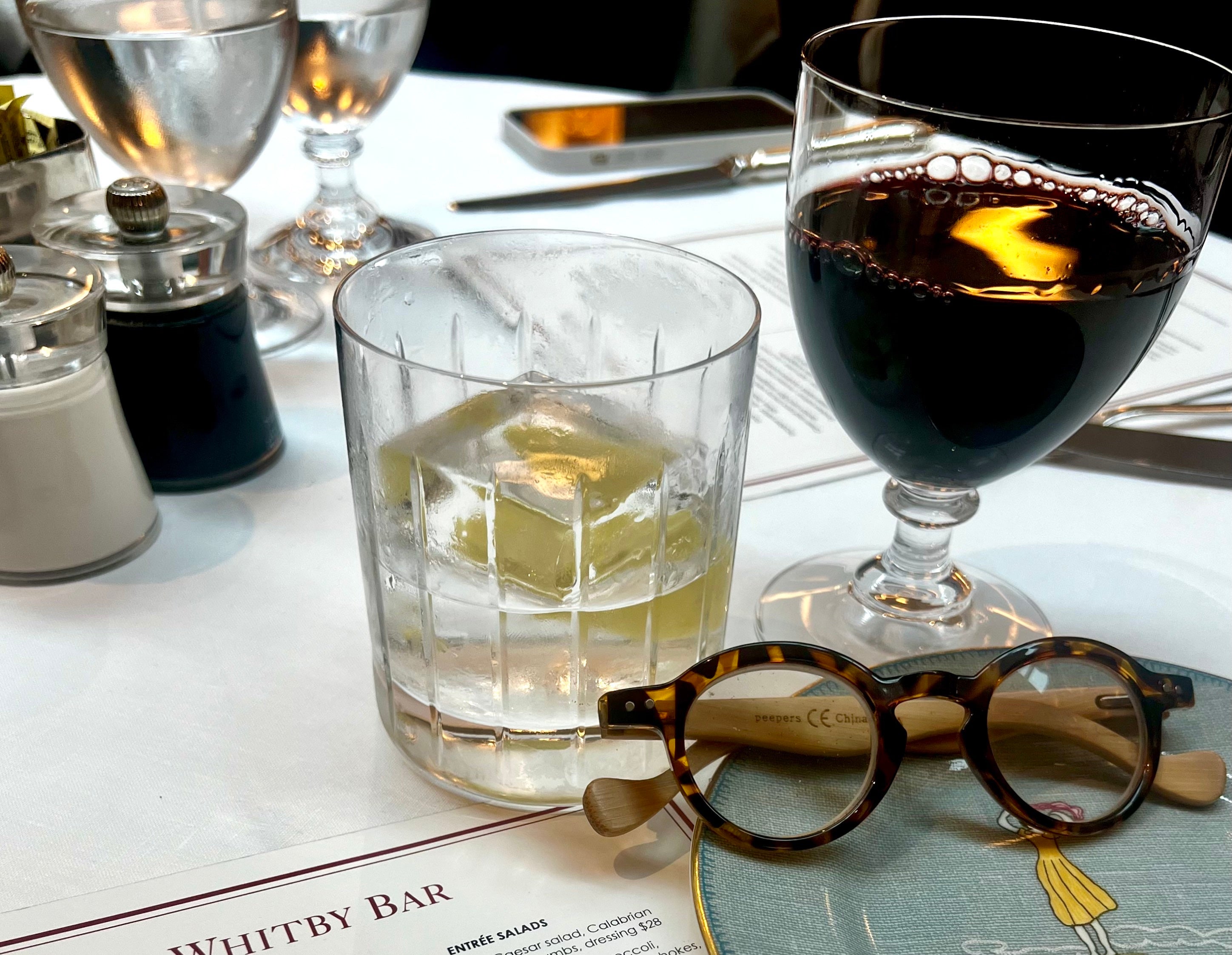Food & Recipes, Kitchen Hacks, Videos
Peel, Don't Snap! A New Approach to Preparing Asparagus
You’ll enjoy more of your asparagus stems by peeling them.
I’ve always loved asparagus and artichokes. They remind me that spring is coming. But they also bring back so many great food memories because there are so many ways to enjoy them. And, they also tell beautiful stories about our culinary past – which is great for kicking off dinner party conversations.
We’ve been cultivating and eating asparagus since before the ancient Egyptians. A recipe for cooking asparagus was found in a book called the Apicius, a collection of Roman recipes written in the first century AD, which makes it one of the oldest surviving cookbooks in history. Leave it to the Romans to write a cookbook that lasted more than 2,000 years. Now there’s a great bit of trivia for my next dinner.
Oddly, when the Roman Empire fell, our appetite for the veggie also fell and it disappeared from the table. That vanishing act lasted until a 15th century cookbook called The Perfumed Garden helped put it back on dinner tables—as an aphrodisiac!
Now we have a nearly limitless available supply of knowledge about asparagus thanks to the internet – not just how to grow but also how to buy, store and prep the spears for cooking. The problem with all that available information is that some of it contains bad tips which I will help you sort out.
Tip 1: asparagus can taste great no matter how thick or thin. So, the size only matters when you are deciding what you are going to use them for. Thicker stalks for cooking or shaving and the thin ‘pencil’ ones for salads, etc. The appearance is more critical. Choose firm, bright colored stalks with tight tips and moist ends. Don’t worry about the color: purple or white or all green – your preference. Just make sure that whichever color you choose it is vibrant with no brown spots on the stalks.
Tip 2: asparagus is best when eaten fresh. So, try to buy them the day you will use them. But, if you need to store your asparagus, put them in a container where they can stand upright (like cut flowers) with a little water, cover the tips loosely with a plastic bag and place in your refrigerator.
Tip 3: Because asparagus is grown in sandy soil, make sure to rinse the spears thoroughly so that you remove any grit before you cook them.
Tip 4: Everyone who learned to cook during the age of Julia Child was taught to snap the ends of the spears at whatever natural break point they had. But, snapping asparagus often makes for some very short or some very long spears, and a lot of waste. From my years owning restaurants, I will share what chefs in commercial kitchens do: they trim off the ends of the spears to make them an even length and then peel the lower 2/3 of the stalk with a veggie peeler. It’s the outer layer of the stalk that can be tough and chewy. This method produces much less waste and because the spears are the same length and it is a much better presentation on the plate.
The same approach holds true with artichoke stems. We all used to cut the stems off very tightly at the end of the globe and throw them away before cooking the artichoke. After I spent some time around cooks in Italy, I discovered that the artichoke stem’s tough outer layer can be peeled or cut off as well. The inside of the stem is as tender and delicious as the heart of an artichoke. It can be cooked in any number of ways – sautéed, stir fry, etc. So, next time you reach for artichokes at the store take the ones with the stems – you’ll enjoy more them too!
See my video on how to prep asparagus and start enjoying more of your asparagus (and artichokes) this spring!





















